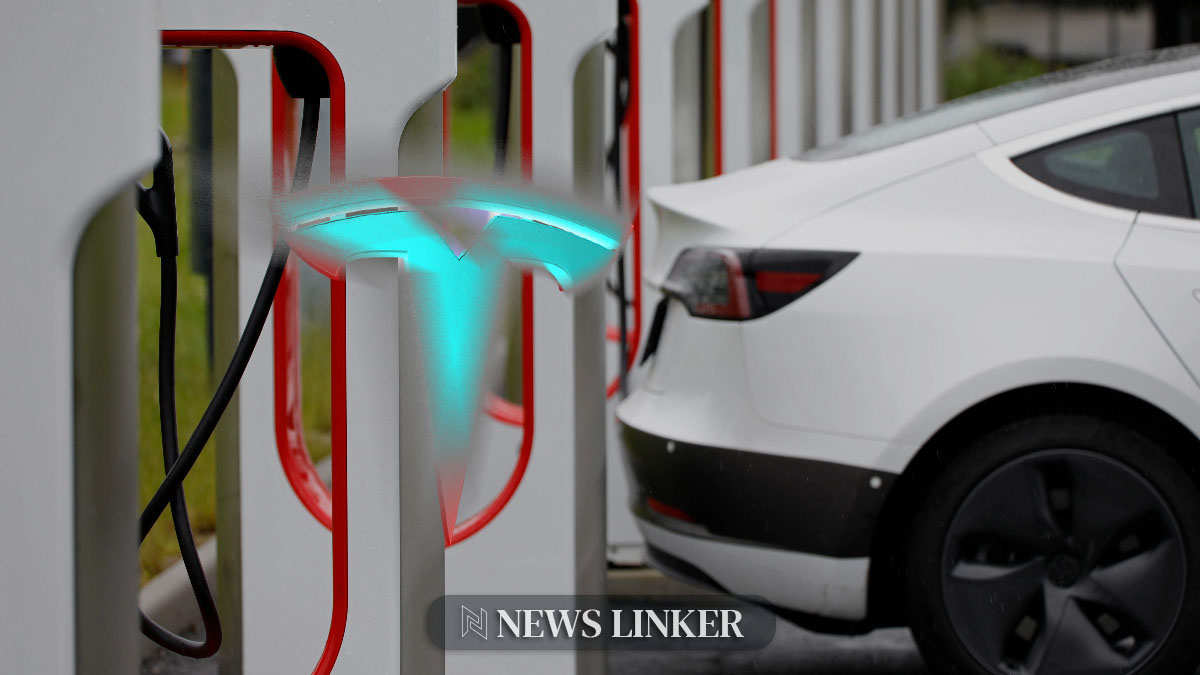As Tesla‘s recent financial disclosures continue to stir the market, the electric vehicle giant remains a focal point for both investors and auto industry observers. While Tesla’s earnings call indicated a robust financial performance, details regarding future vehicle models and strategic decisions sparked curiosity and concern among analysts. Contrary to expectations, Tesla hinted at maintaining its range of more affordable models, alongside ambitious plans for its much-discussed Robotaxi. This mixed signal has led to varied interpretations and forecasts regarding Tesla’s trajectory and its potential impact on the broader automotive landscape.
For years, Tesla has played a pivotal role in the electric vehicle revolution, consistently pushing boundaries on innovation and market expectations. The company’s strategic adjustments and model introductions have historically set industry standards, affecting stock prices and consumer anticipation. Recent discussions about Tesla’s direction, especially concerning its pricing strategy and the balance between high-end innovations like the Robotaxi and its more consumer-friendly models, reflect ongoing challenges in aligning market expansion with technological advancement. These strategic decisions are crucial as they influence not only Tesla’s market positioning but also competitive dynamics within the electric vehicle industry.
What Does Tesla’s Financial Performance Indicate?
Tesla’s latest financial performance, while strong, has led to a myriad of interpretations regarding the company’s future plans. Despite a positive reception from the market, analysts from Deutsche Bank have raised concerns about the lack of detailed information on the upcoming vehicle lineup and the potential risks associated with Tesla’s aggressive timelines. The skepticism mainly revolves around the execution risks and the potential for cannibalization of existing models if the new vehicles are not sufficiently differentiated.
Will Tesla Adjust Its Pricing Strategy Again?
Tesla has a history of adjusting vehicle prices in response to market conditions and internal targets. The fluctuation in pricing strategies often reflects broader industry trends and Tesla’s own technological advancements or production optimizations. This approach, while flexible, sometimes leads to uncertainty about the stability of Tesla’s market offerings and price points, especially with new models on the horizon.
How Transparent Is Tesla with Its Future Plans?
Transparency about future products and strategies has not always been Tesla’s forte. The company, led by Elon Musk, tends to keep details under wraps until closer to product launches. This secrecy can be seen as both a marketing strategy and a way to manage expectations and competitive pressures. However, this also means that investors and the market must often navigate through a fog of uncertainty regarding what exactly Tesla plans to roll out next and how it aligns with their stated goals and past performance.
In articles from sources like Reuters and Bloomberg, Tesla’s strategic pivots and market maneuvers are frequently highlighted. For instance, Reuters in its article “Tesla’s Market Cap Hits New High” discusses the implications of Tesla’s market valuation in light of its innovation cycles and model updates. Bloomberg, in “Tesla Shakes Auto Industry With Bold Tech Moves,” emphasizes how Tesla’s technological innovations continue to challenge traditional automotive industry norms. Both articles underline the critical nature of strategic decisions in shaping Tesla’s market position and the industry’s response.
A scientific paper published in the Journal of Sustainable Development discusses the impact of technological innovation in the automotive sector, particularly focusing on electric vehicles. The paper, “Innovation and Sustainability in Electric Vehicles,” highlights how companies like Tesla drive industry-wide changes through technology and business model innovations. The study argues that Tesla’s approach not only affects its product lineup but also sets trends that other companies eventually follow, reinforcing Tesla’s role as a market leader.
Key Insights from Tesla’s Strategies
- Tesla’s transparency level influences investor trust and market dynamics.
- Strategic balance between high-end and consumer models is crucial.
- Price adjustments reflect Tesla’s responsiveness to market and production conditions.
As Tesla continues to navigate through the complexities of the automotive and technology markets, its strategies and product decisions will likely keep influencing both its stock value and industry trends. Understanding Tesla’s approach to balancing innovation with market demands provides insights into not only the company’s future but also the evolving landscape of the automotive industry. This ongoing balance between innovation and consumer accessibility will be crucial for Tesla’s sustained growth and market leadership.










